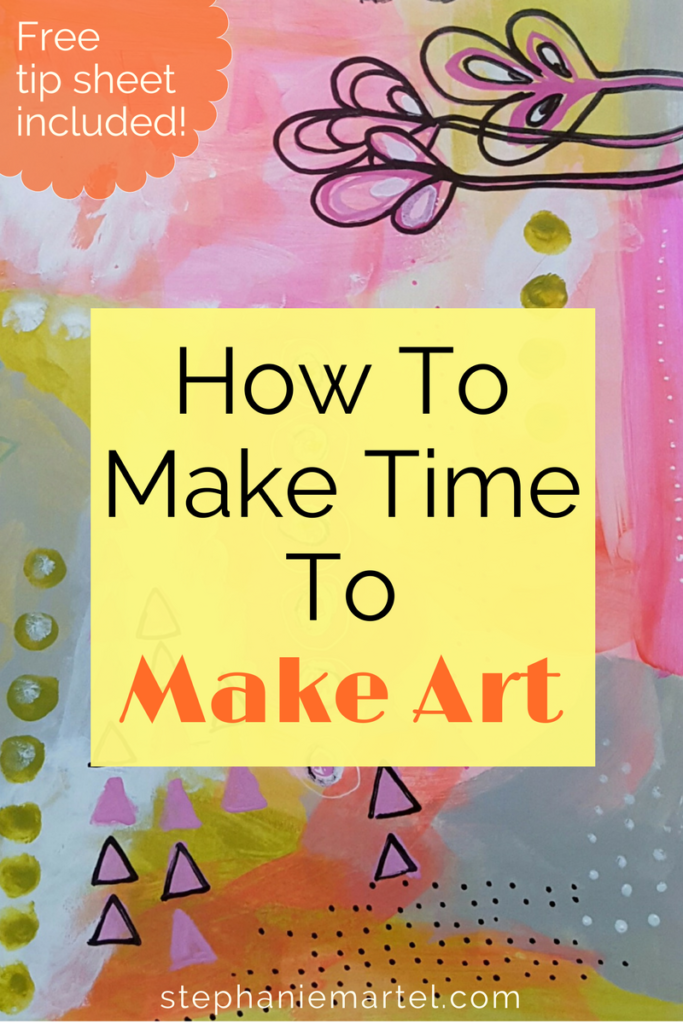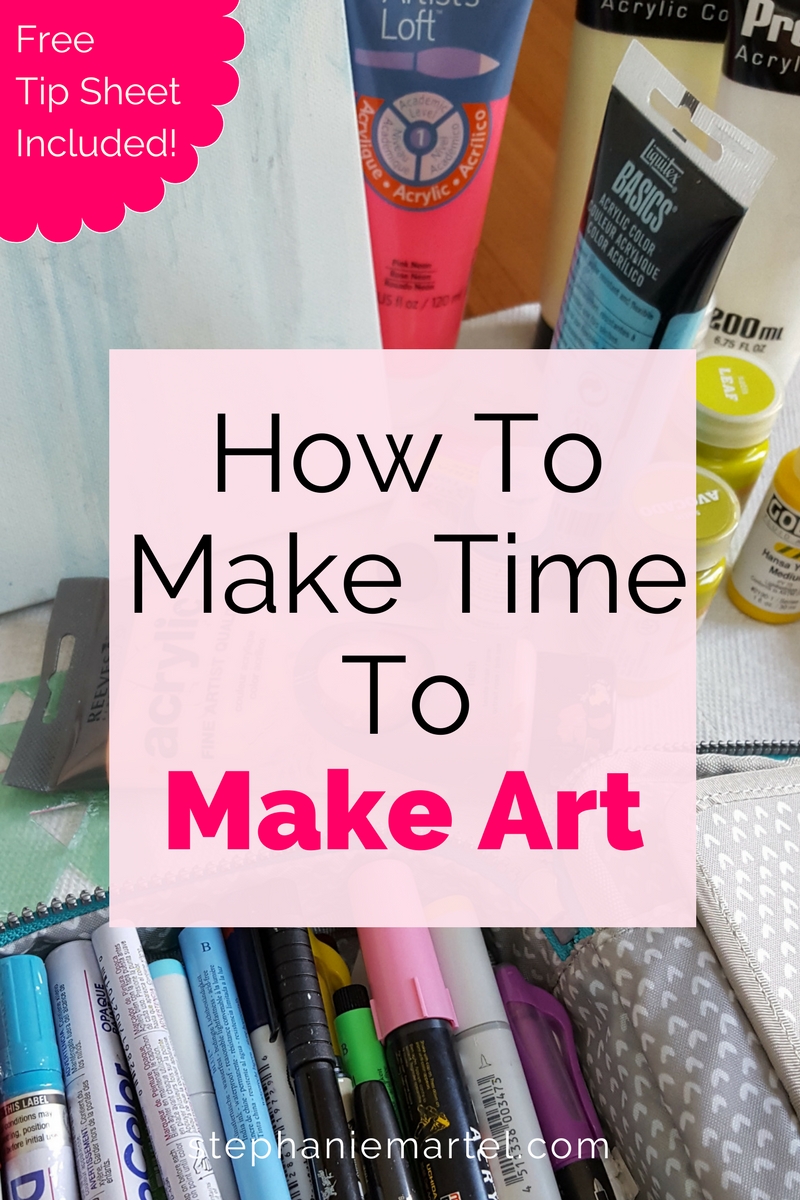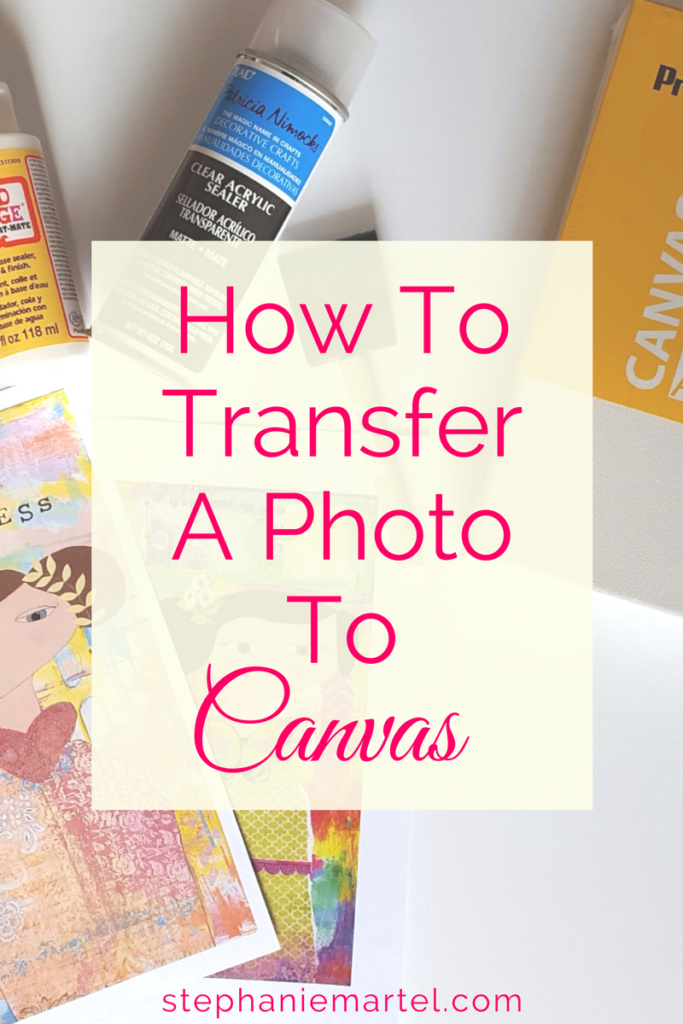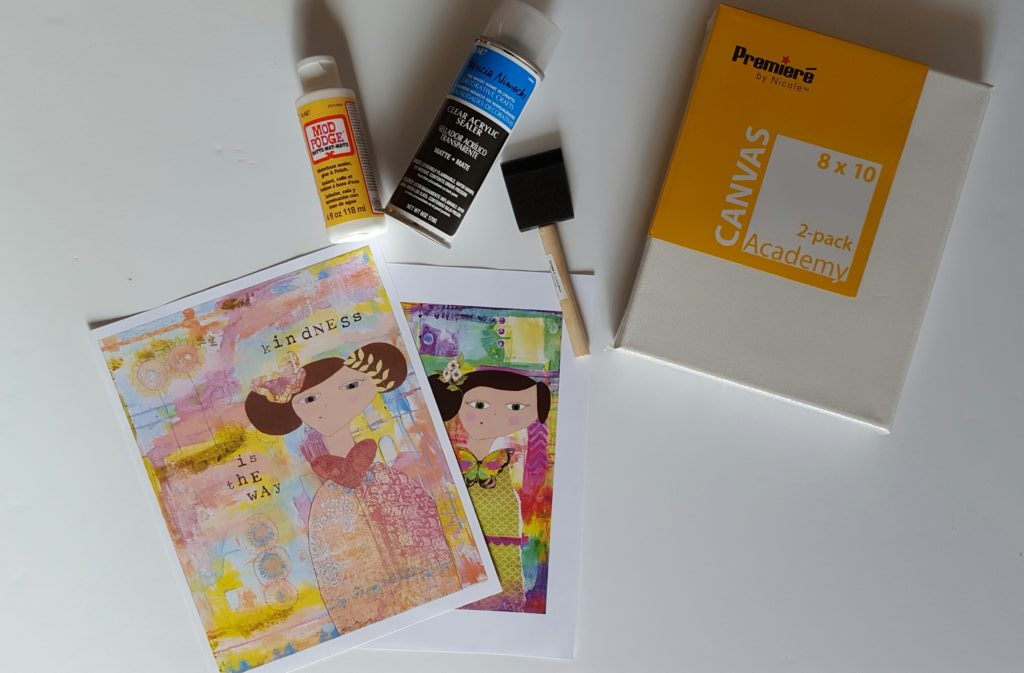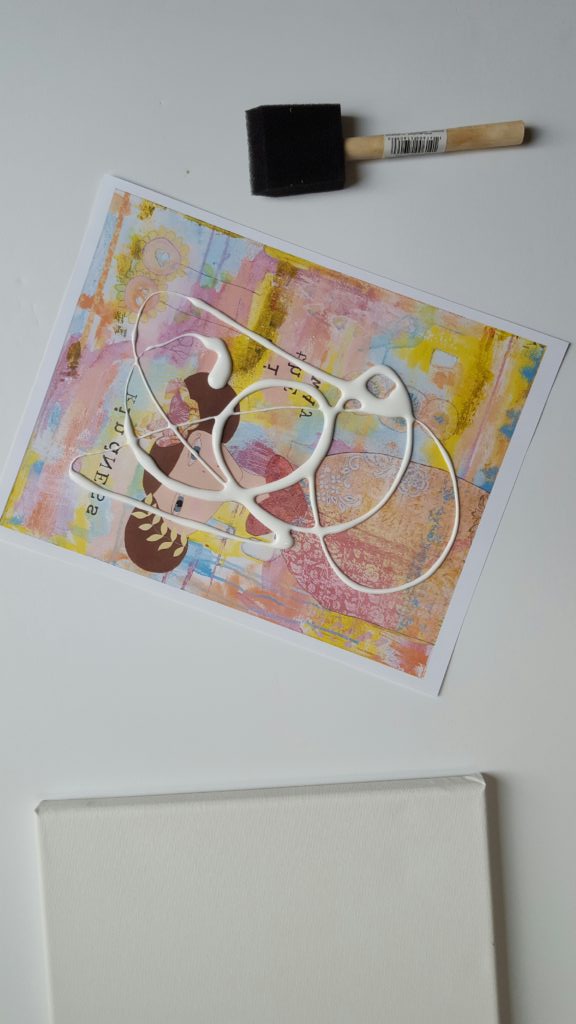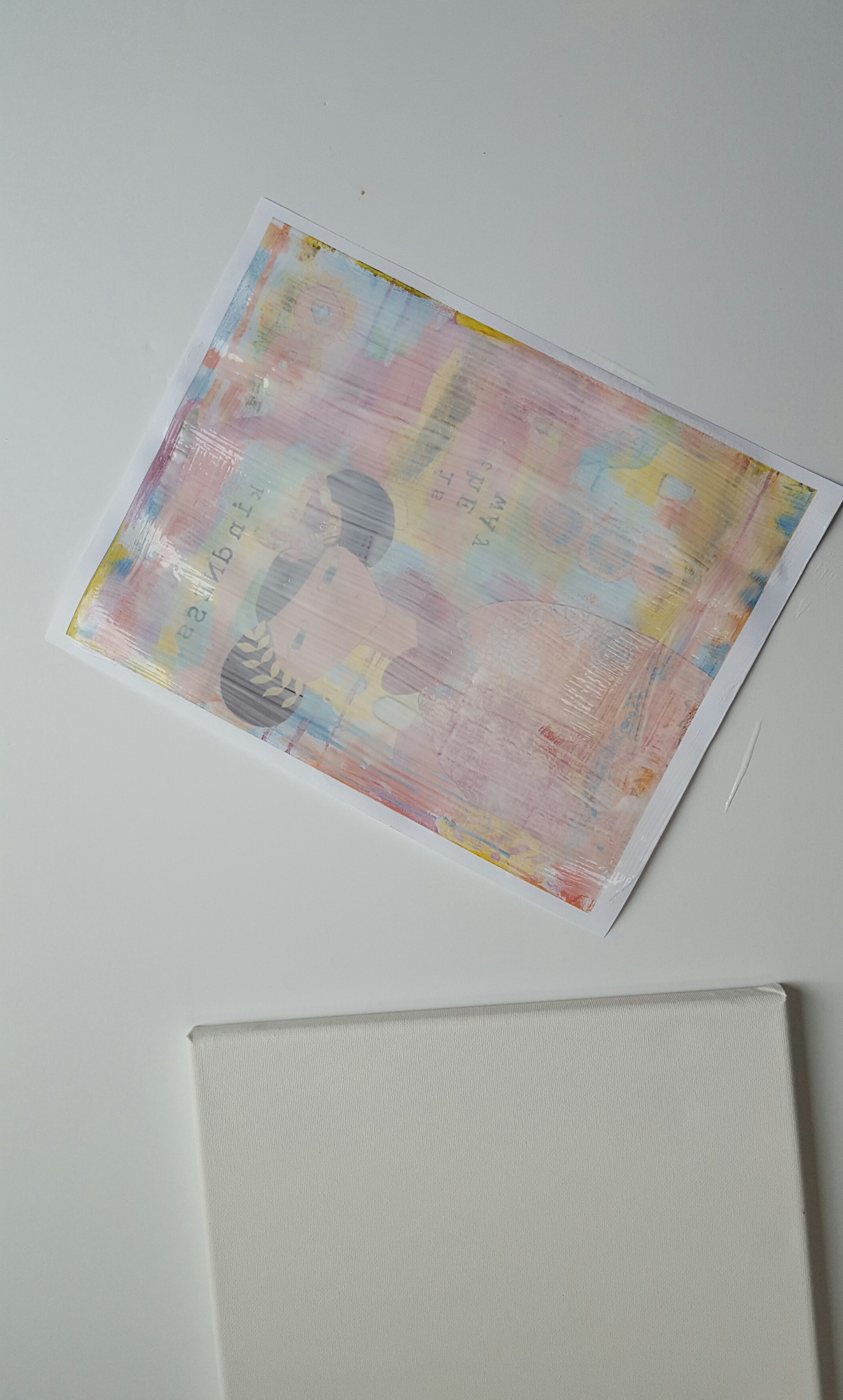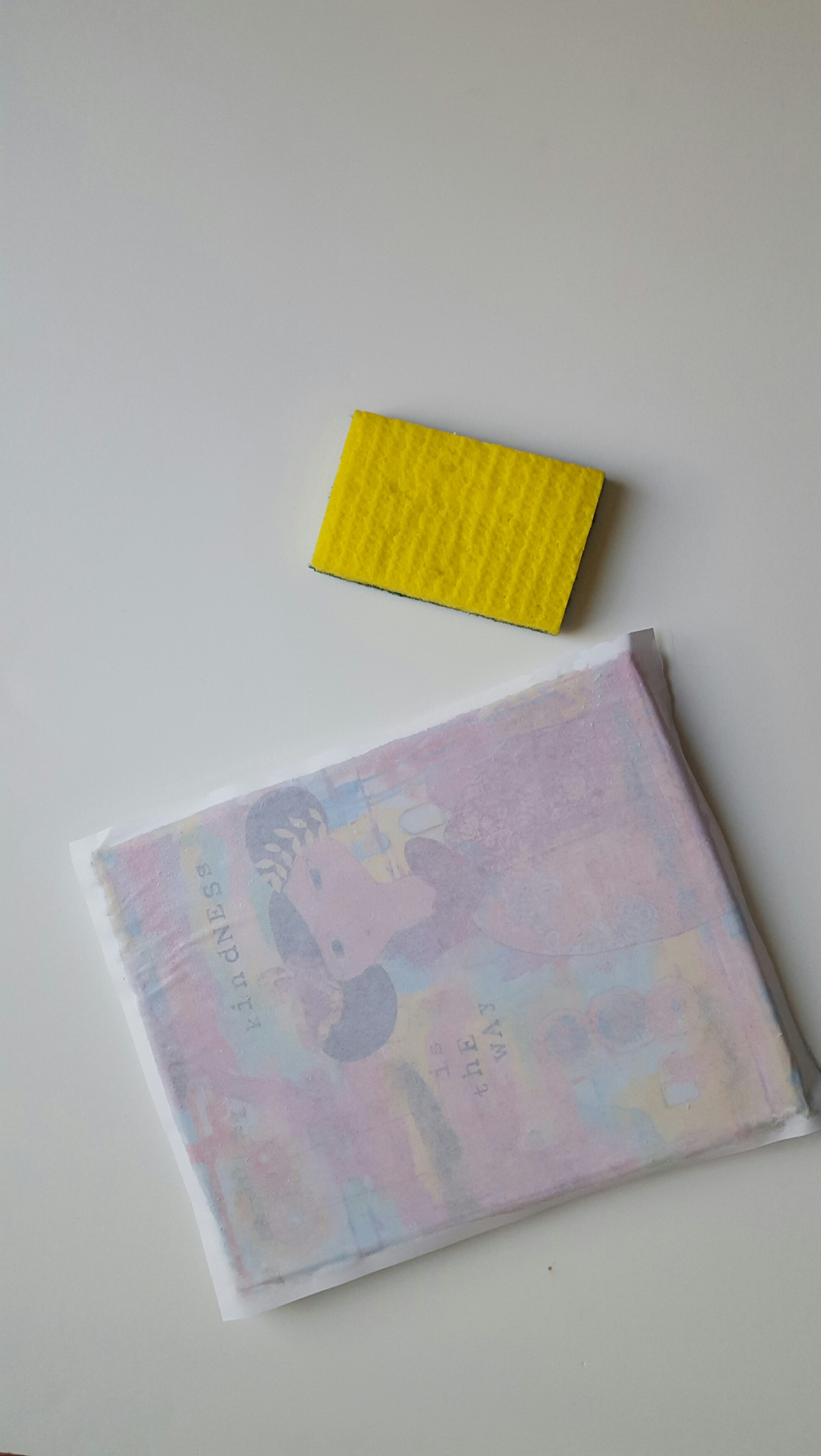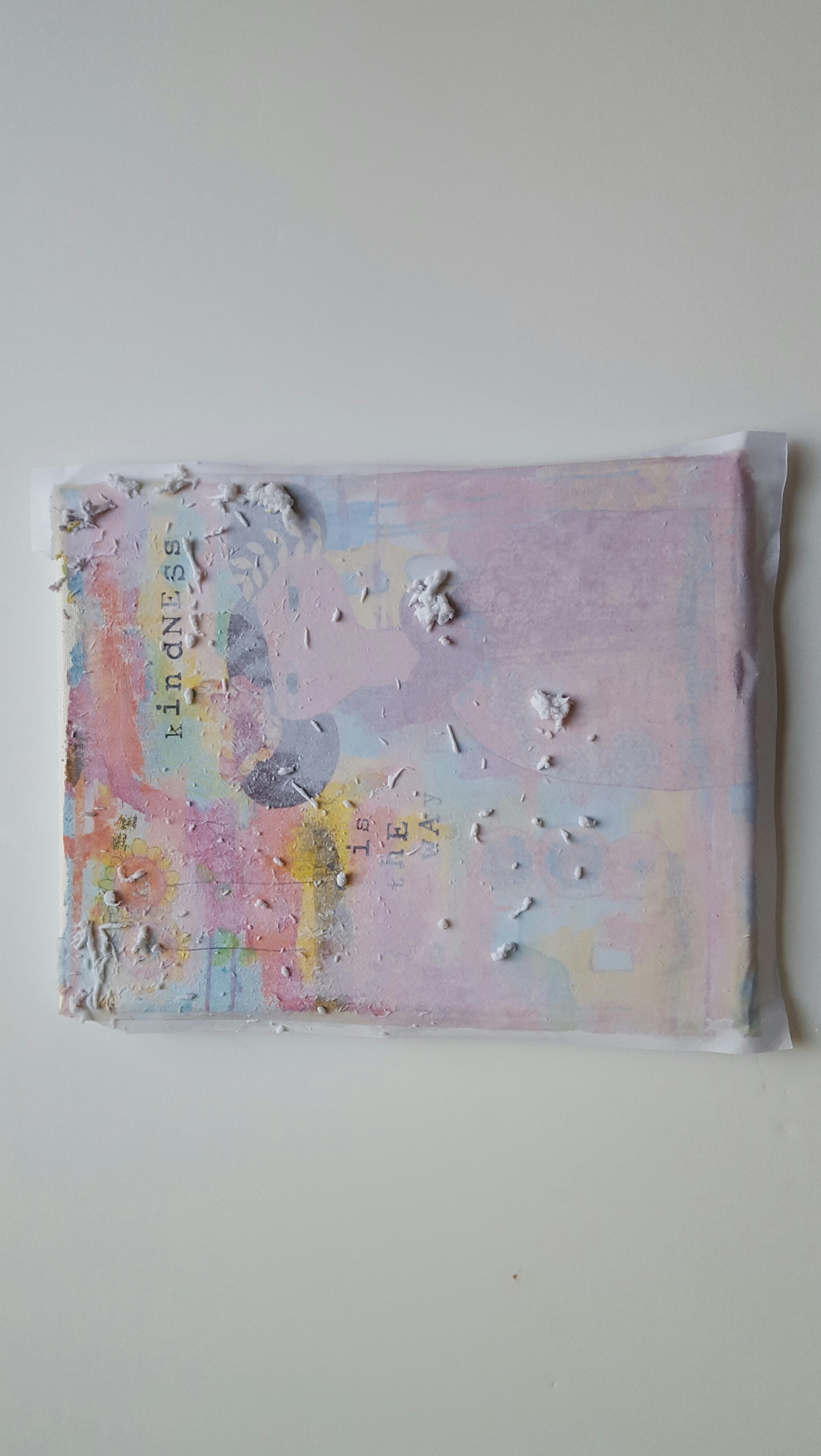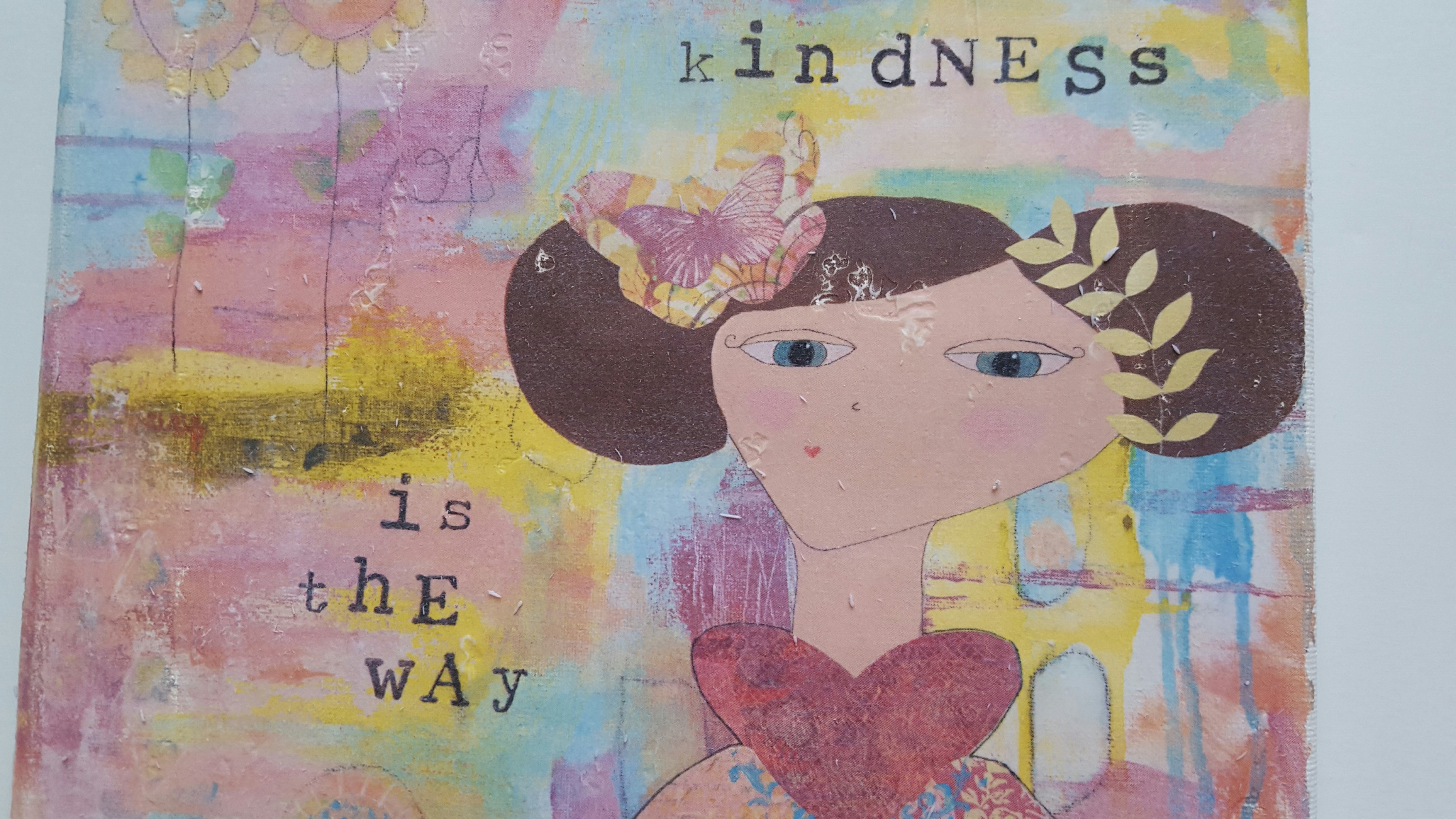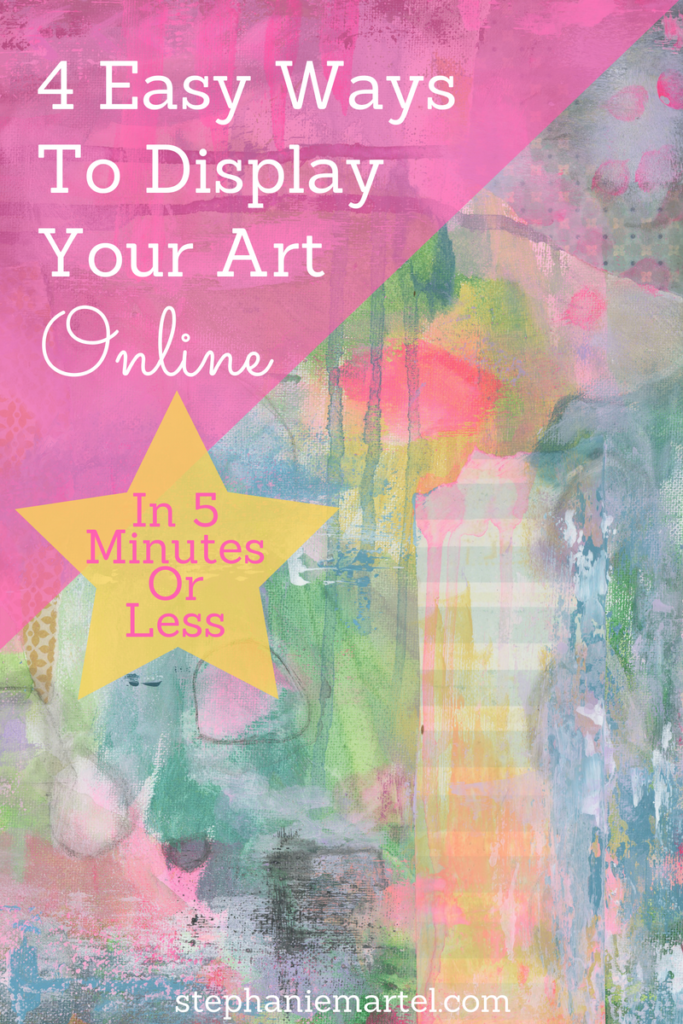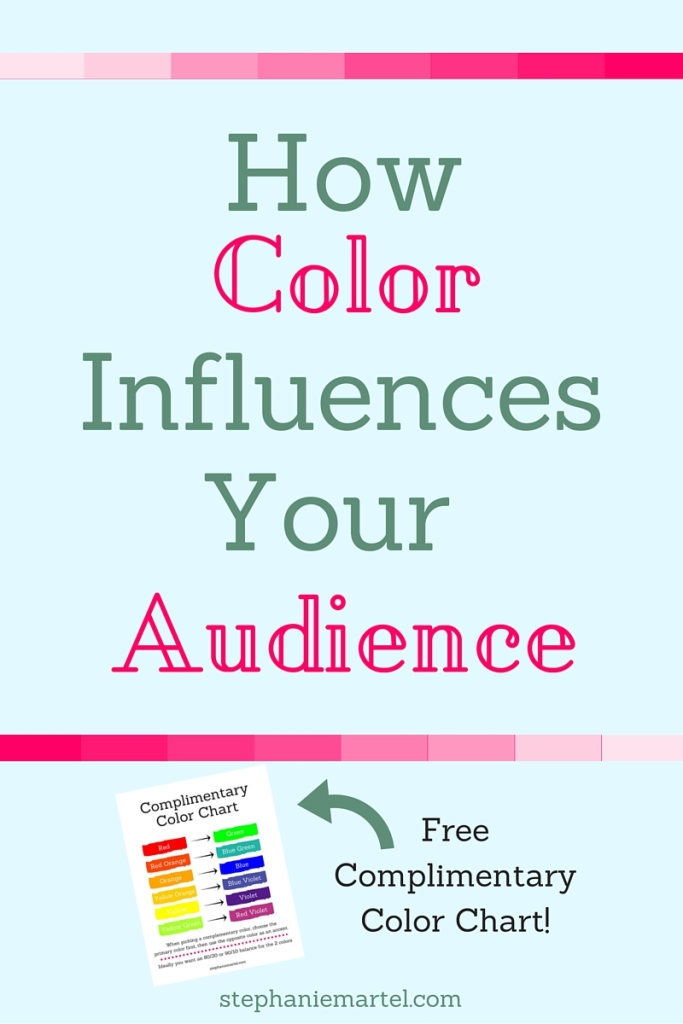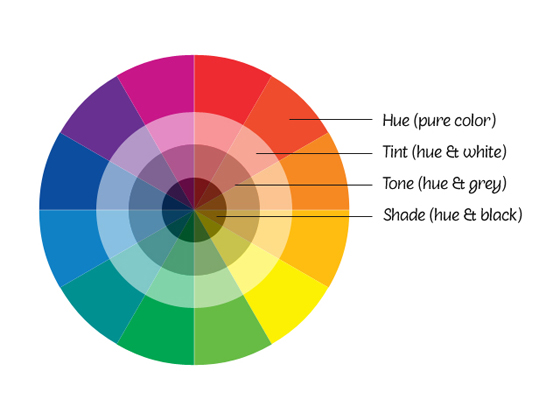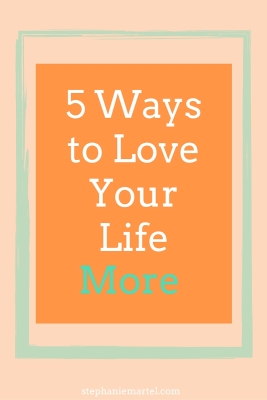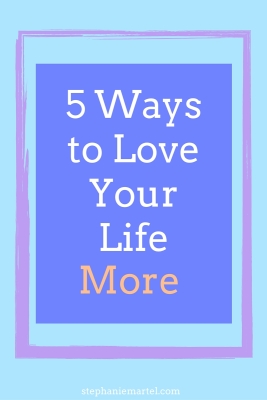Acrylic Painting Demonstration #1

I LOVE watching painting demos online. Just ordinary everyday artists in the groove, making it happen–it’s fun to watch because I love seeing new techniques, hearing their commentary and listening to how they end up making the choices they make. Kind of like life, the journey is the best part. I feel like no matter how long I’ve painted or what I’ve learned, there’s always more to know and painting demos help me get there!
Anyway, so after watching a looooot of demos, I decided to try to make one myself. And you know what? It was so much fun. You know what else? I only painted for 10 minutes, took one take of the video and called it a day. So the best part of all of this is that it didn’t take forever to do. YOU GUYS IT WAS FAST AND EASY! And you can do it too!
Ok, so you can take a peek at the video below. I’m posting it in my FB group too, so if you want to give me some feedback, hop on over there and join us in the conversation. Do you want to see more of these? Tell me.

PS: Come join my Facebook Group for Creatives HERE. We can’t wait to meet you!

